Many MPS Students Can’t Get Drivers Ed
Hundreds of students left out as pandemic causes reduced class sizes in schools.
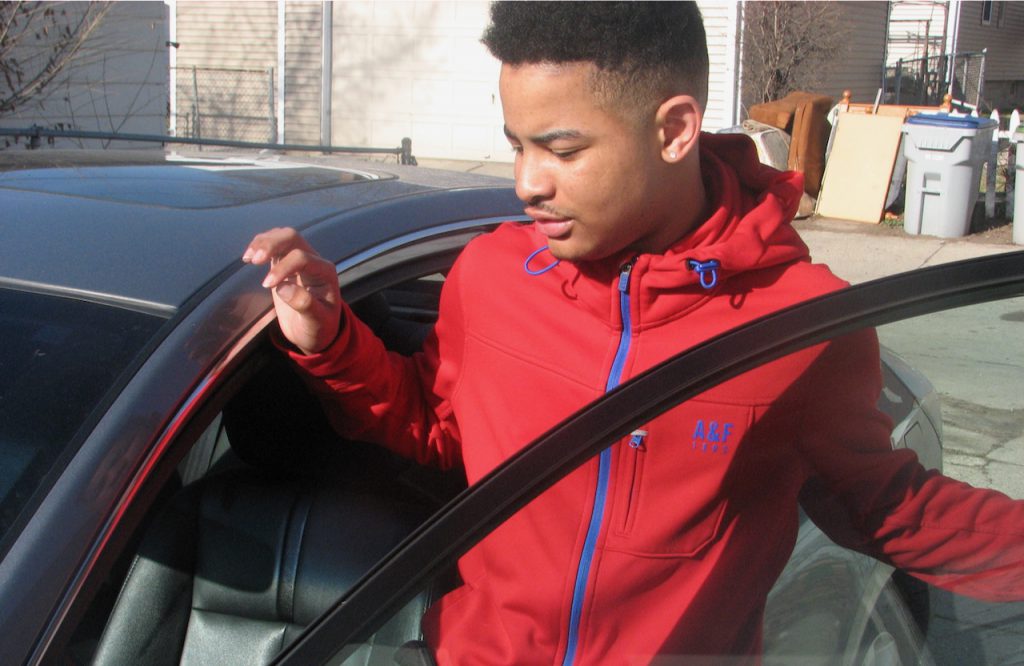
Before MPS Drive existed, COA Youth and Family Centers offered scholarships to help pay for driver’s education. Here, Joshua Leonard, shown in 2015, gets into his family’s car after participating in COA’s program. File photo by Brendan O’Brien/NNS.
More than 800 students have been left without affordable driver’s education through Milwaukee Recreation because of reduced class sizes brought on by COVID-19 precautions.
To combat this, Milwaukee Recreation opened an online option that has served over 300 students, still leaving 500-plus to find driver’s education elsewhere.
MPS Drive, Milwaukee Recreation’s driver’s education program for MPS students, is notable due to its affordability, costing only $35 for learner’s permit classes and in-person driving instruction. Comparable programs typically cost more than $300.
“The high school ID isn’t going to get you very far after high school,” Taylor said.
His aunt, Lethia McDaniel, said she enrolled Taylor in MPS Drive because the price was much lower than anything else she could find.
“The thing that stood out most to me was the price. I have other children, and you can’t beat the $35 price when other places run between $300 [and] $800,” McDaniel said.
MPS Drive did not exist when McDaniel’s daughter was looking for driver’s education, and since alternatives were so expensive, McDaniel’s daughter studied on her own and got her license at 18.
“I didn’t have a well-paying job at the time, so I taught her myself,” McDaniel said. “We went to the DMV and grabbed a book. We studied together, passed the permit test, and when she was 18, she took the driving test and got her license.”
‘They can’t afford to pay for class’
Cost is a major barrier to people under 18 getting driver’s education. In its final report last June, the City-County Carjacking and Reckless Driving Task Force recommended expanding MPS Drive into all schools and making it a required course.
However, MPS Drive in-person class sizes have been reduced from 25 students per class to only nine. This drop in available slots led Milwaukee Recreation to offer an online class in the spring.
Jodie Donabar, driver’s education supervisor at Milwaukee Recreation, said she is hopeful that class sizes will increase to 15 in the spring and 25 by summer.
Donabar said that getting larger class sizes approved and funded is important, because without affordable driver’s education, families might skip driver’s education altogether.
“You’re gonna find students who just drive because they can’t afford to pay for class,“ Donabar said. “Which leads to not knowing the rules of the road, and that’s where they learn their bad habits.”
Nichole Yunk Todd, director of policy and research at Wisconsin Community Services and a member of the task force, was among the early advocates for funding affordable driver’s education through MPS. In 2014, her idea to provide free driver’s education classes to each MPS student won the Greater Together Challenge, a contest for ideas on how to address segregation in Milwaukee.
The MPS program is not big enough to serve every MPS student.
“It is not a matter of more research or studies, it’s about making driver’s education affordable,” Yunk Todd said.
The City-County Carjacking and Reckless Driving Task Force, a committee of government officials and community members studying solutions to carjacking and reckless driving, recommended expanding access to driver’s education as a way of combating reckless driving. Specifically, the task force recommended increasing funding for driver’s education programs in Milwaukee Public Schools and to making driver’s education accessible to all income levels.
For students unable to get into MPS Drive classes, their next shot at affordable driver’s education may be after they turn 18. The Milwaukee Urban League offers a virtual driver’s license permit class that meets four times for 90 minutes. The class is designed to help participants pass the learner’s permit test and learn to drive legally, free of charge.
Sakuri Fears, program manager at Milwaukee Urban League, said the intent initially behind this program was to help residents get transportation — a big barrier to employment, especially for higher-paying jobs in the suburbs. Nevertheless, Fears said, the program still catches young adults who were unable to enroll in MPS Drive.
“I think having that available to them has been a good additional resource to MPS,” Fears said. “With MPS being constricted in how many slots they have, us being able to capture that slightly older high school population with our permitting class has been pretty useful.”
At the end of the day for Yunk Todd, it is about getting consistent funding for young people.
“It’s almost a consensus issue right now that driver’s education is at the top of solutions to multiple problems,” she said. “It’s really just a matter of committing to funding it at this point.”
This story was originally published by Milwaukee Neighborhood News Service, where you can find other stories reporting on fifteen city neighborhoods in Milwaukee.
If you think stories like this are important, become a member of Urban Milwaukee and help support real, independent journalism. Plus you get some cool added benefits.
Transportation
-
MCTS Adds 28 New Buses
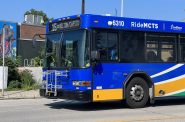 Jul 13th, 2024 by Graham Kilmer
Jul 13th, 2024 by Graham Kilmer
-
MCTS Designing New Bus Shelters
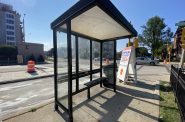 Jul 10th, 2024 by Graham Kilmer
Jul 10th, 2024 by Graham Kilmer
-
MCTS Updates RNC Bus Detours To Better Serve Downtown, Riders
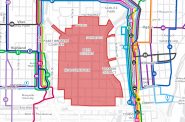 Jul 9th, 2024 by Jeramey Jannene
Jul 9th, 2024 by Jeramey Jannene

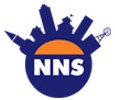



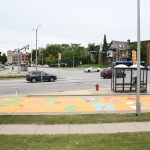


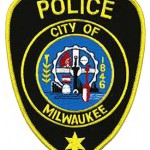






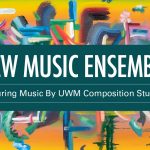





Old article, but posting here in the hopes that someone can find an authoritative source on when MPS ended mandatory Drivers Education
@ steenwyr: “The state stopped reimbursing school districts for driver’s education back in 2004. As a result, districts had to fund it themselves, …”
“Her daughter, a Rufus King High School junior, is one of more than 7,600 students to participate in the driver ed program since it relaunched in 2016.
Now called MPS Drive, the program had been on a 10-year hiatus at Milwaukee Public Schools because of a lack of funding before advocates pushed to bring it back.” https://milwaukeenns.org/2022/01/19/is-drivers-ed-the-key-to-solving-our-reckless-driving-problem-some-leaders-think-so/